Citi to transition 70% of its workforce to Snapdragon mobile devices
Longer battery life will allow the company to eliminate “thousands of tonnes” of CO2
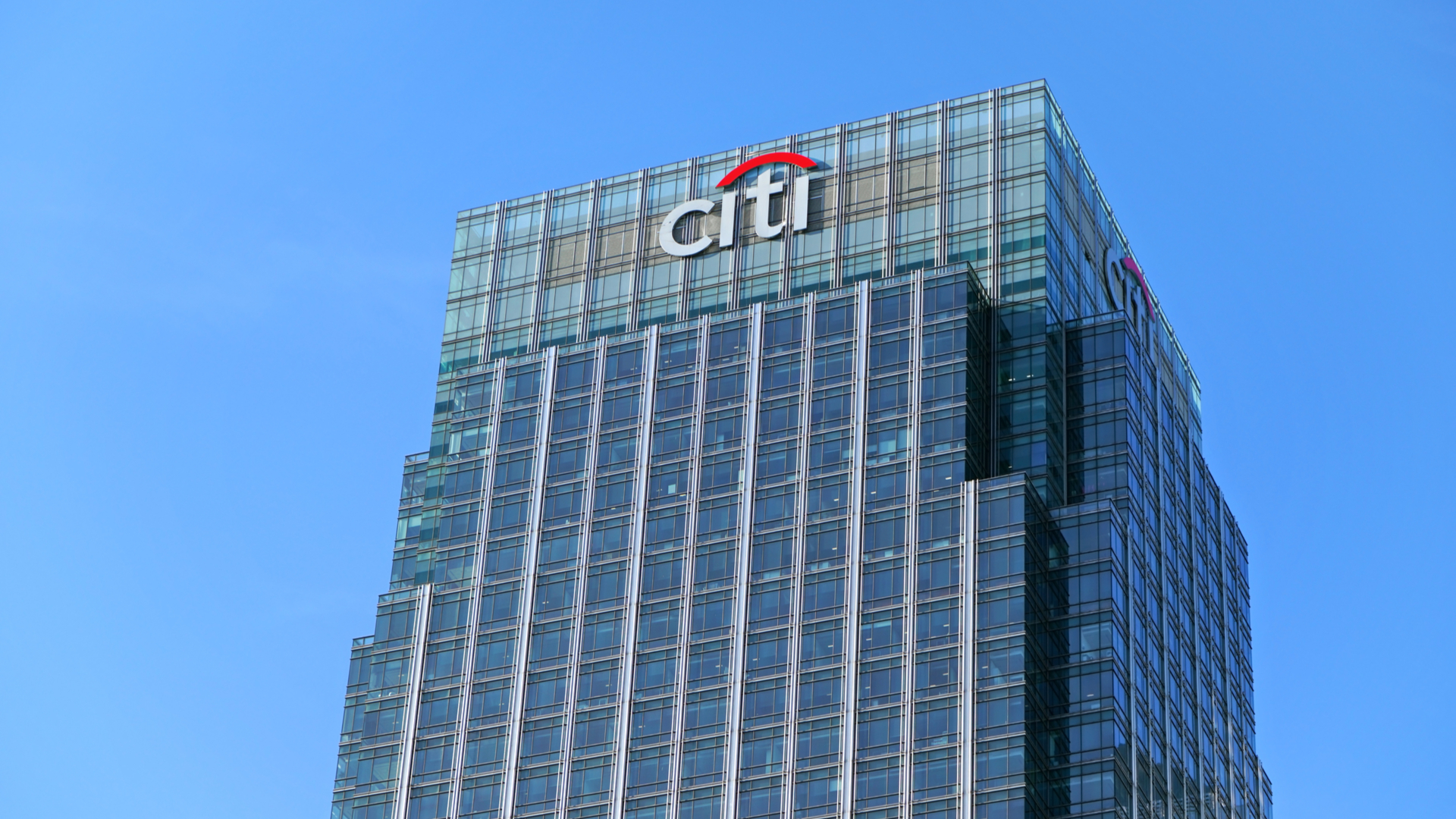

US banking company Citi has announced its intention to transition the majority of its 300,000-strong global workforce to Snapdragon-powered mobile computing devices, citing battery life and AI features as key differentiators.
Speaking onstage at Qualcomm’s annual Snapdragon Summit event in Hawaii, the company announced that it would be moving more than 70% of its users over to Windows on Snapdragon products such as the Lenovo ThinkPad X13s.
“We heard from our employees about how AI made video calls more engaging by isolating human voices from distracting noises, blurring the background, and really addressing the needs of typical hybrid work environments,” said Patrick Javier, head of end-user computing for Citi. “With Snapdragon's dedicated AI engine optimising these processes, employees rave about how this enhances productivity without sacrificing performance or battery life.”
“Snapdragon also allows offloading of many other critical workloads required by bank IT, such as security, encryption, and communication onto specialised engines that sit directly on the SoC, again freeing precious CPU resources for the user or to further extend battery life.”
Based on the company’s Snapdragon 8cx Gen 3 platform, the X13s is a 13in device with a 1.6kg weight and a thickness of 13.4mm, including 5G and Wi-Fi 6 support, and up to 32GB of RAM. Lenovo also claims the device offers up to 28 hours of battery life, and Javier highlighted this as a key consideration in Citi’s hardware refresh process.
“At Citi, we are committed to sustainable progress and to advancing solutions that address climate change and support our net zero strategy. With Snapdragon-powered PCs, we found that for office productivity and collaboration workloads typical of our employees, that battery can last a full day on one charge,” Javier said.
“Across our global employee base, that means the elimination of thousands of metric tonnes of carbon and accelerating our transition to the low carbon economy.”
Sign up today and you will receive a free copy of our Future Focus 2025 report - the leading guidance on AI, cybersecurity and other IT challenges as per 700+ senior executives
RELATED RESOURCE

Partnerships have been a strong focus of this year’s event for Qualcomm’s Windows on Snapdragon division; the Summit highlighted the deepening of its relationship with Microsoft through bringing additional AI enhancements such as noise cancellation and background blur for video calls to Windows 11, and the launch of the new Microsoft Surface Pro 9 5G powered by the co-developed Microsoft SQ 3 Snapdragon processor.
In addition, the company also announced an expanded partnership with Adobe. The software company will continue to create native versions of its Creative Cloud programs for Windows on Snapdragon, with the latest additions being Adobe Fresco and Adobe Acrobat, joining its Photoshop and Lightroom products.
Adam Shepherd has been a technology journalist since 2015, covering everything from cloud storage and security, to smartphones and servers. Over the course of his career, he’s seen the spread of 5G, the growing ubiquity of wireless devices, and the start of the connected revolution. He’s also been to more trade shows and technology conferences than he cares to count.
Adam is an avid follower of the latest hardware innovations, and he is never happier than when tinkering with complex network configurations, or exploring a new Linux distro. He was also previously a co-host on the ITPro Podcast, where he was often found ranting about his love of strange gadgets, his disdain for Windows Mobile, and everything in between.
You can find Adam tweeting about enterprise technology (or more often bad jokes) @AdamShepherUK.
-
 LastPass hit with ICO fine after 2022 data breach exposed 1.6 million users
LastPass hit with ICO fine after 2022 data breach exposed 1.6 million usersNews The impact of the LastPass breach was felt by customers as late as December 2024
-
 OpenAI says future models could have a ‘high’ security risk
OpenAI says future models could have a ‘high’ security riskNews The ChatGPT maker wants to keep defenders ahead of attackers when it comes to AI security tools
-
 Qualcomm Snapdragon Summit: Snapdragon 8 Gen 2 platform unlocks new AI capabilities
Qualcomm Snapdragon Summit: Snapdragon 8 Gen 2 platform unlocks new AI capabilitiesNews Announced at Qualcomm's Snapdragon Summit in Hawaii, the latest chipset features improved AI support, Wi-Fi 7, and faster overall performance
-
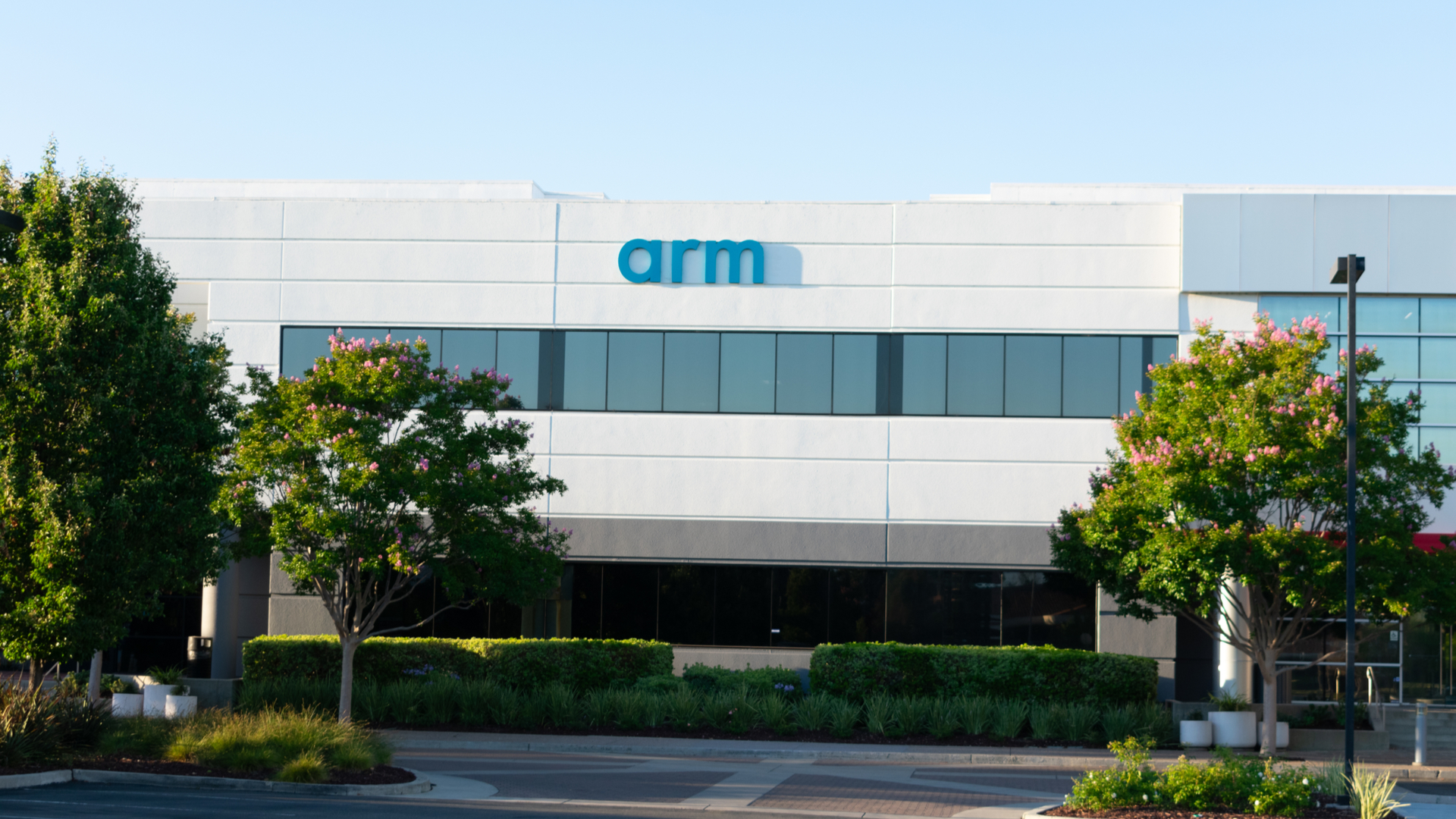 Qualcomm open to investing in Arm as part of consortium
Qualcomm open to investing in Arm as part of consortiumNews This comes after SK Hynix said it was interested in forming a consortium to acquire the British chipmaker
-
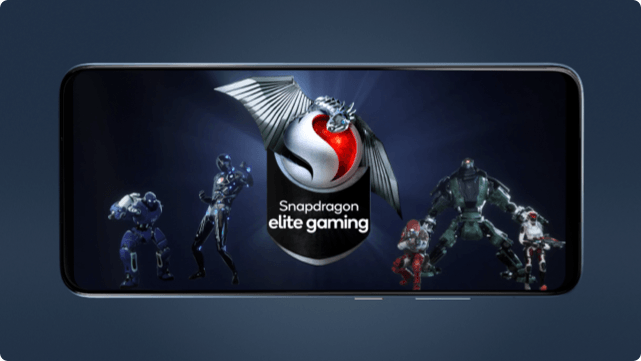 Qualcomm unveils $1,500 smartphone for 'Snapdragon insiders'
Qualcomm unveils $1,500 smartphone for 'Snapdragon insiders'News Triple-lens handset made by Asus with Qualcomm technology will be available "soon"
-
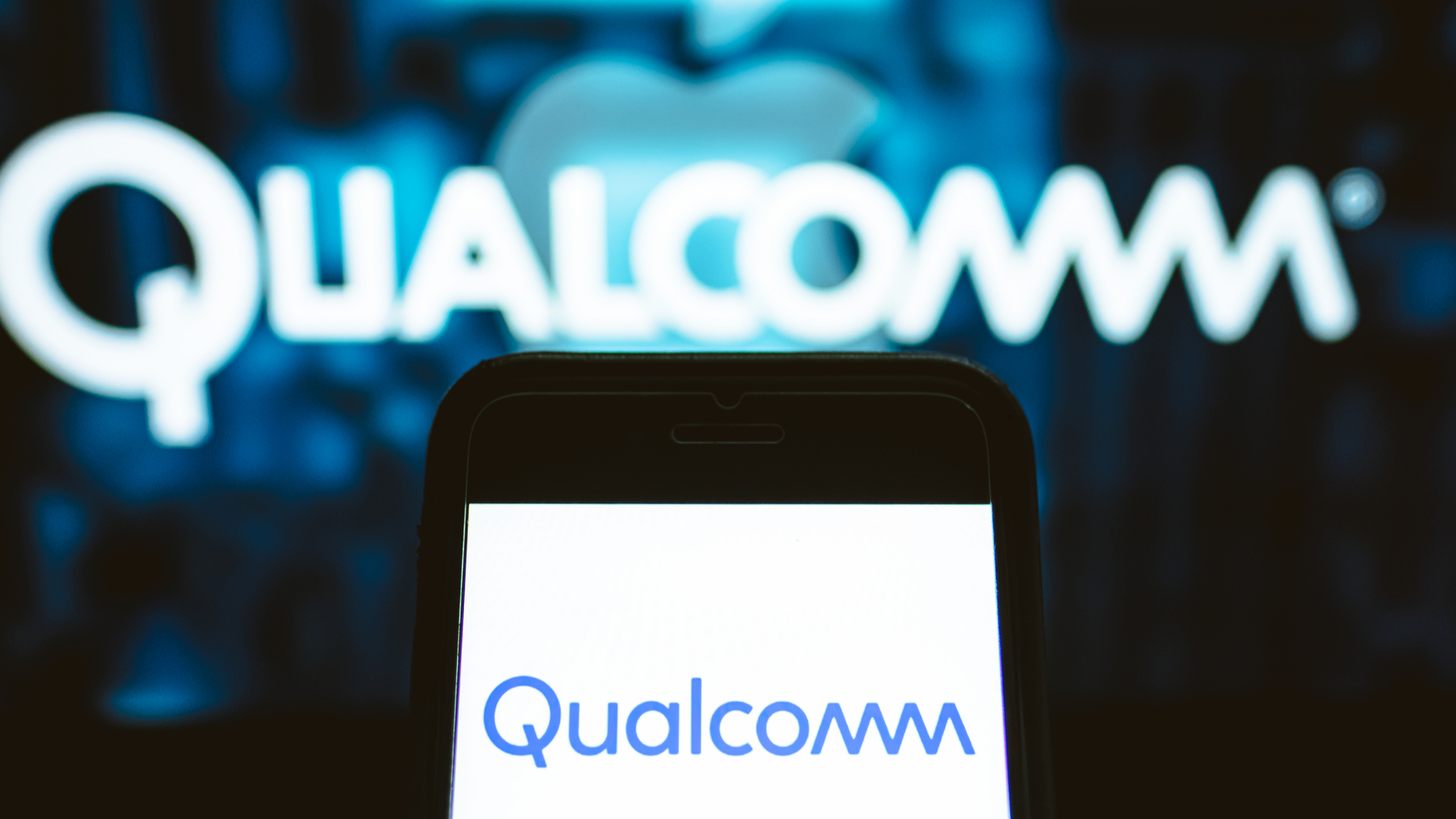 Qualcomm reveals Snapdragon 888 Plus 5G chipset
Qualcomm reveals Snapdragon 888 Plus 5G chipsetNews The new chipset boasts faster clock speeds and will boost AI performance on Android devices by 20%
-

 Samsung Galaxy Book S review: ARMed and dangerous
Samsung Galaxy Book S review: ARMed and dangerousReviews So long, Surface Pro X - Samsung shows us how it’s really done
-
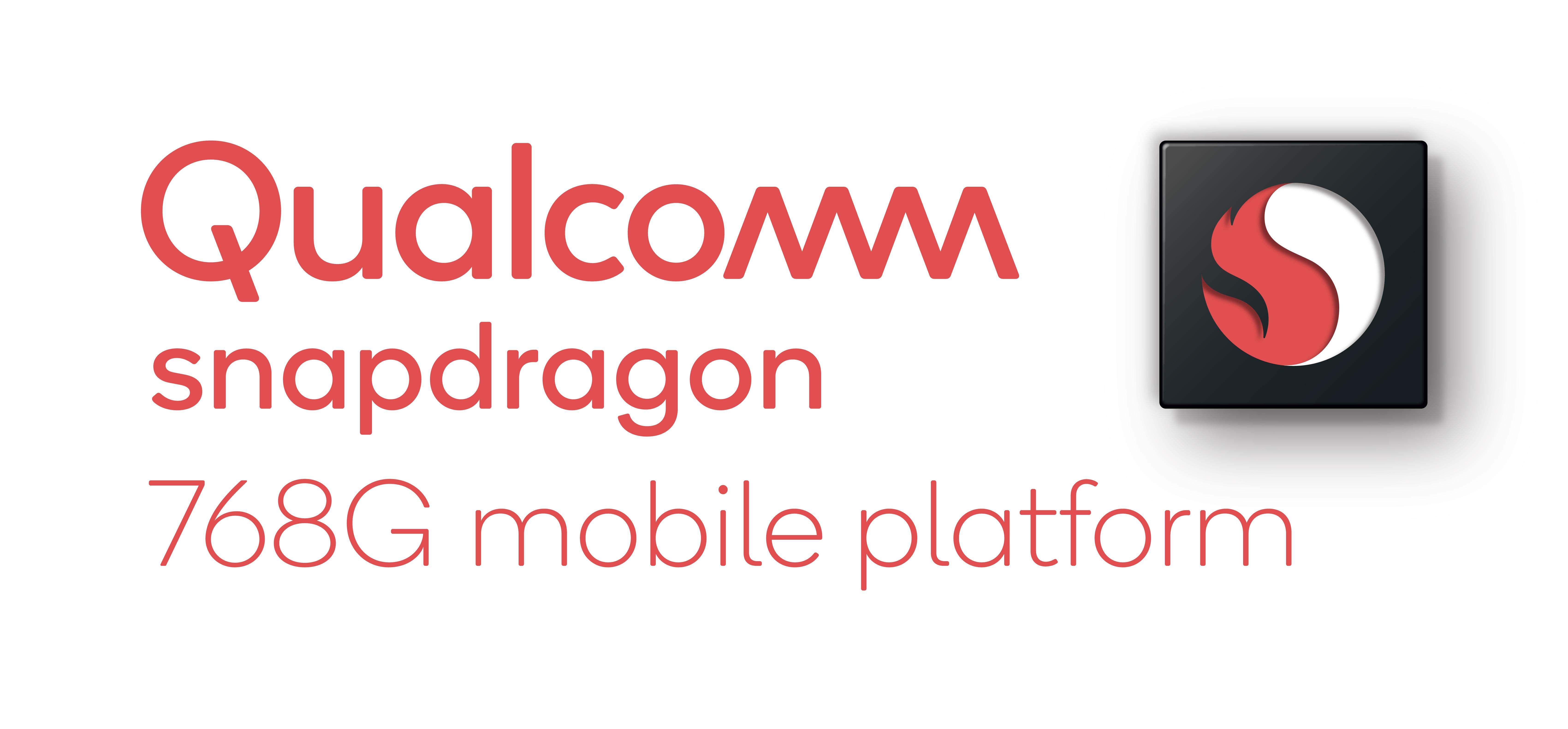 Qualcomm announces Snapdragon 768G 5G platform
Qualcomm announces Snapdragon 768G 5G platformNews New platform delivers 15% faster graphics rendering than Snapdragon 765G
-
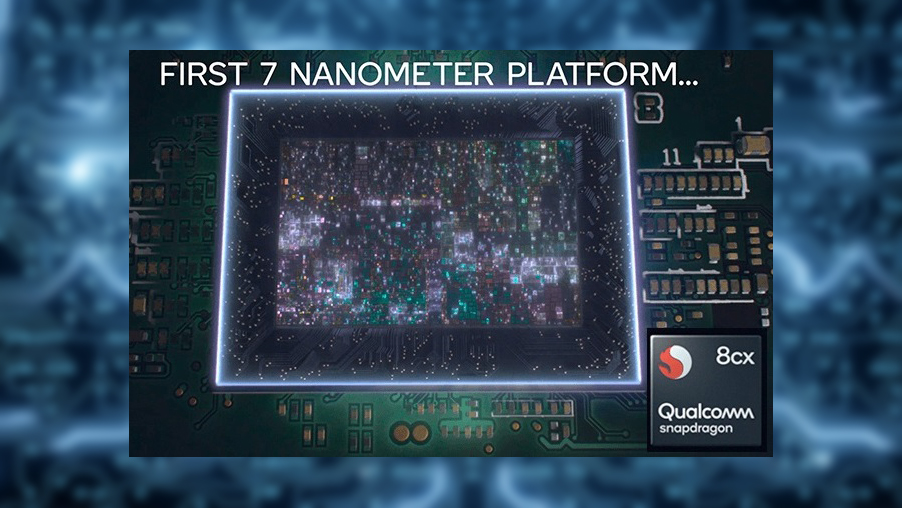 Qualcomm announces 'extreme' ARM chip for thin and light PCs
Qualcomm announces 'extreme' ARM chip for thin and light PCsNews In the first of its kind, the new 7nm chip promises excellent performance on Windows machines
-
 Qualcomm and Baidu join forces to work on Snapdragon-powered AI tech
Qualcomm and Baidu join forces to work on Snapdragon-powered AI techNews Baidu's DuerOS AI platform will be available on the Snapdragon 845 chip arriving next year
